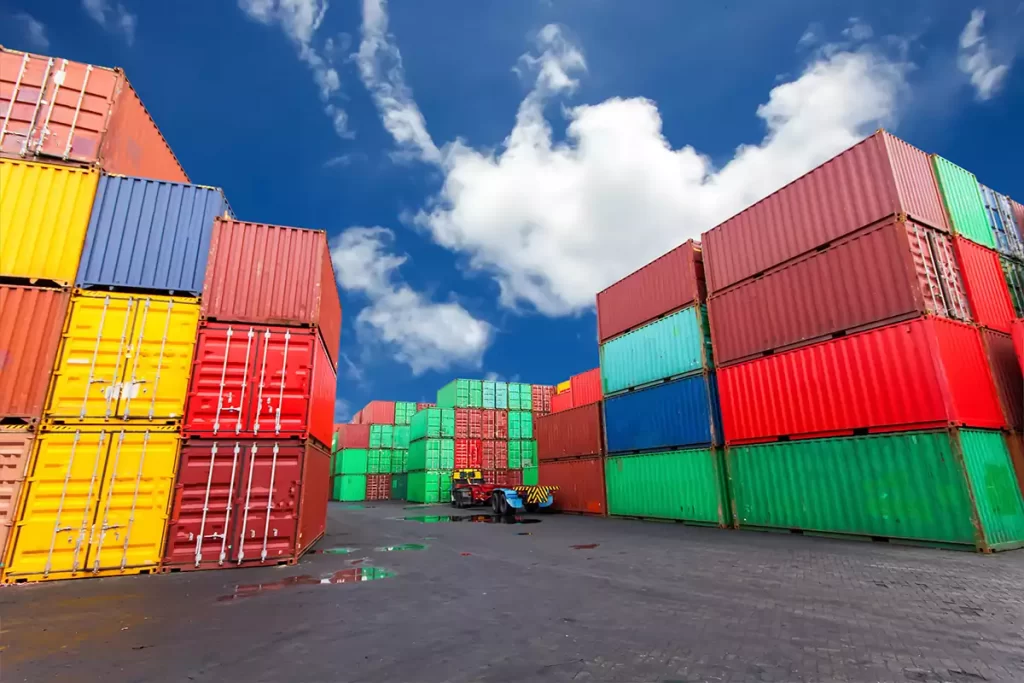
Billet price improved a little during last week in Iran domestic market from USD 502/mt to USD 503/mt ex-work including 9% VAT. The reason was higher long-term supply at IME and empty warehouses. Despite the fact that supply at IME was less than previous week, just 68% of total supply was sold. On the other hand, DRI offer price at IME will decline this week by around USD 7 /mt, so billet price trend is not upward, especially since long products market has remained quiet too.
Rebar price went up from beginning of the week as some traders’ demand increased as their inventory was empty, but from Tuesday onwards, the price trend returned to the beginning of the week. Heavy supply of rebar at IME, although decreased by 57% compared to previous week, was not welcomed and only 30% of the total goods offered were sold, most of which were supplied with 3 or 6 month LC. Rebar average price was changed from USD 587/mt to USD 584/mt by end of the week.
I-beam market continued its upward trend until Tuesday, but from Wednesday the market calmed down a little, the reason for this was market management by Isfahan Steel co. Its average price changed from USD 680/mt to USD 692/mt ex-work including VAT.
Mobarakeh Steel co HRC price was USD 678/mt on Saturday, which remained unchanged until Wednesday. The mill carefully manages the market, but the volume of demand is far from inventory level of warehouses.
Due to higher delivery of goods from Oxin co, HRP price had a downward trend from USD 907/mt to USD 894/mt, but the price reduction cannot be serious, because on the one hand, slab price has reached the bottom and on the other hand, the mill has strongly activated its export.
CRC price was almost unchanged at around USD 1003/mt. Inventory level has reached bottom and on the other hand, market price is very close to its floor.
HDG market had a steady trend at USD 938/mt, which is rooted in the stability of HRC market. Its supply level has increased, while demand is weak, and this has caused HDG price to be lower than CRC.
In the global market, lockdowns started again in three key Chinese cities last week, and this made market activity slower again. The longer the lockdowns, the deeper the property market crisis in China would be. Most insiders believe that this process will continue until the meeting of the Communist Party of China in October. China’s political decisions in this meeting will be very important because the equations of the Ukraine war and relations with Russia and USA will be much more prominent in it than in previous meetings. As a result, it seems unlikely that the housing sector will remain the first priority of the Chinese government, and the issue of energy and lockdowns will be replaced instead.
In Europe, the rise in energy prices has reduced many economic activities and has directly affected European steel production to the extent that it is possible that the total production of European steel will decrease to the level of 50%. It should not be expected that countries like Turkey will have an increase in exports equivalent to the decrease in the production of European mills, because the increase in energy prices, unlike in the 70s, due to economic stagnation and the closure of some consumption markets such as Iran, Iraq, Libya and China, has not been transferred to goods. The reason for the rapid increase in energy prices is the increase in the cost price on the one hand and the consumption of European reserves. In cold season, scrap price should increase, but since steel demand is low, it seems unlikely that this price increase will take place this year. The only country where heavy investment is expected to be made is USA, which is affected by the Russian sanctions and increased Oil and gas price which has benefited them enough and it has a preliminary plan with a budget of USD two trillion to rebuild its infrastructure.
In Iran, hopes for any result from Nuclear Talks have faded with last week’s news, and it doesn’t seem like there will be any results from the negotiations until after the US congressional elections, which are about two months away. Even if the Talks comes to a conclusion after that date, it will not have a serious impact on the country’s budget unless FATF is signed.
The only strong point is that Iran government is looking for economic reform which one of its infrastructures is the single currency rate, which it is slowly being done.
CBI weekly average ex-rate for Steel Products (SANA): Rials 266,742 / 1USD
Fracture stimulation of shale rock, conventionally known as “Fracking or Frac’ing,” has turned America into an energy powerhouse, over the
Billet Billet price improved a little during last week in Iran domestic market from USD 502/mt to USD 503/mt ex-work
Iron ore prices wavered as the market assesses the strength of Chinese demand. Economic indicators suggest that government stimulus is
Steel demand in China is gradually picking up as its economy continues to show signs of improving. However, steel prices

tosan holding company
© All rights of this website are reserved for Tosan Holding.